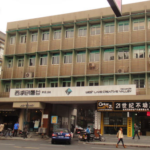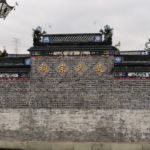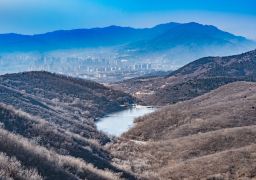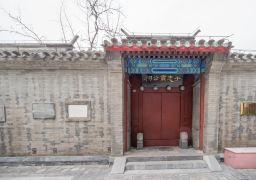Ciyun Zen Temple was originally established in the third year of the Xiantong era during the Tang Dynasty (862). During the Sino-Japanese War, it served as the site for the predecessor of the Ningbo Daily Newspaper – Ningbo People’s News. In 1941, Ninghai Middle School relocated here to escape Japanese bombing. During the Cultural Revolution, it housed the ‘Huangtan May Seventh High School’. The temple is built against the mountain, with a terraced layout. Upon entering the temple gate, seven incense wheel towers stand in line along the roadside, as if welcoming the arrival of pilgrims and travelers.
The main halls within the temple include the Hall of the Heavenly Kings, the Mahavira Hall, and the Round Wisdom Hall. Flanking the Mahavira Hall are symmetrical side rooms. The eastern wing consists of twelve rooms made of brick and wood structure, while the western wing has nine rooms made of concrete structure. Across from the eastern wing, separated by a courtyard, are twelve two-story rooms for pilgrim residence. Beyond these rooms, separated by a small courtyard, lies the Earth Storey Hall. On the western side, across another courtyard, there are seven wooden structure rooms with ancient square columns and lattice doors and windows, which were constructed using the classical architectural materials of Cheng Ganqing’s famous house, dismantled during the old city renovation, as the pilgrim’s dining room. The dining hall is complemented by five kitchens to the north. To the west of the Round Wisdom Hall, there are two new two-story concrete structures, with the upper floor serving as a Buddhist event space and the lower floor as high-end pilgrim residences. The total construction area is 6,000 square meters.Dongqian Lake Scenic Area – Ciyun Zen Temple
Ciyun Zen Temple was originally established in the third year of the Xiantong era during the Tang Dy[...]









